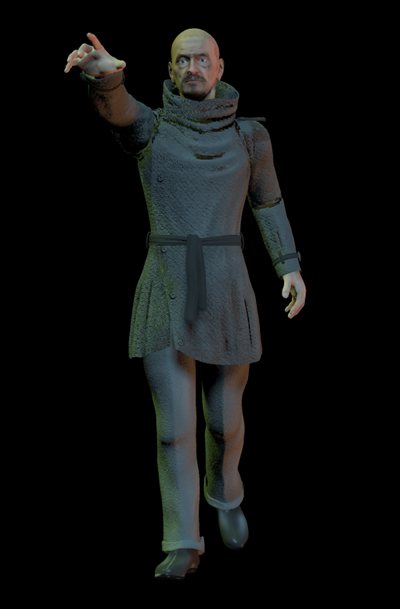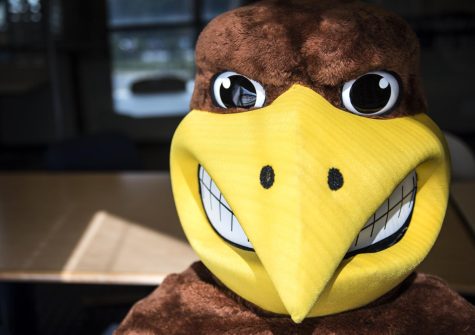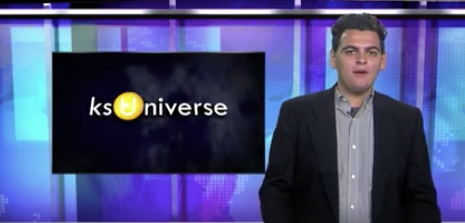School of Theatre puts technological spin on Shakespeare’s ‘Hamlet’
April 14, 2011
Theater isn’t dying; It’s evolving. William Shakespeare’s play “Hamlet” has been done a hundred different times, a hundred different ways.
But never like this.
“It’s very different from your father’s ‘Hamlet,’” said Darren Nash, a Kent State graduate student who stars as Hamlet in the production. “It’s what the director calls a ‘re-imagination.’”
Kent State’s School of Theatre and Dance will show a rendition of the tragedy “Hamlet” from April 15-23 in the Wright-Curtis Theatre. Mark Monday, the play’s director and Kent State theatre professor, has created a modern adaptation, which incorporates current cultural relevance both politically and religiously. He achieves this by having Hamlet be a converted Muslim. Monday’s “Hamlet” is set in the near future. The play showcases modern technology by using an avatar, a computer-generated virtual body, to play the ghost of Hamlet’s father, rather than a live actor.
The original play, written sometime between 1599-1601, tells the story of Hamlet, prince of Denmark. He seeks revenge on his uncle, Claudius, for murdering his father and marrying his mother, Gertrude, in order to become King.
Monday said the choice to use an avatar helped further his version.
“We’re in a world of technology,” he said. “The practical reason is that we have students who need to learn with the technology available, and we have the technology. So we thought we may as well give it a try. It is set in the not-too-distant future, so it makes sense to incorporate today’s and future technology.”
Stephen Zapytowski, Kent State theatre professor, approached Monday with the idea for the avatar last summer. He created the image by morphing a stock avatar in Poser Pro, a 3D design and animation program. The ghost took Zapytowski several months to create.
Zapytowski said the avatar has several added benefits over a live actor.
“He can arrive in a great cloud of green smoke and dissolve in and dissolve out. He can ‘whoosh’ between locations. He might travel 50 feet in a half a second.”
But the technology has also proved to be a challenge for the crew, said Monday.
“It’s a learning curve for everybody in dealing with new technology as new technology makes itself available and affordable,” said Monday. “This is not a cheap endeavor by any stretch of the imagination.”
The ghost will be projected in four different locations on stage. Its speech, which was voiced by theatre professor Chuck Richie, and its movements must be aligned.
“The ghost performance is fixed,” said Zapytowski. “We have to program him properly to get it right because if we don’t, he’ll do some very strange things.”
Nash said acting alongside an avatar has been tricky because many cues involved nonverbal communication. But he said he thinks younger audiences will prefer the use of the new media, while those who prefer the classic Elizabethan production might not.
“The purists are going to hate it. The new generation is going to love it,” said Nash. “It starts to speak to the times. It starts to speak to peoples’ lives to say, ‘I have an iPod in my life. I watch TV. I see avatars. This speaks to me. Now, I’m interested.’”
For Nash, the merging of two different worlds – classic Shakespeare with computer technology– has been a learning experience.
“Technology is always that balance between what is it helping to support and what is it distracting from,” Nash said. “I see it as an experiment. Some things are going to work and some things are not.”
Tickets to the show are $16 for adults, $12 for Kent State faculty and staff and $8 for students. They can be purchased at the box office in the Roe Green Center for the School of Theatre and Dance or online at http://www.theatre.kent.edu
Contact Alison Ritchie at [email protected].
























